The Boeing GoFly Competition
In June 2018, a small group of students from the TU Delft started with the conceptual design of a personal electric aircraft to join the Boeing GoFly competition. The GoFly Prize was initiated to accelerate innovation within the aviation industry and focusses on the development of personal air-mobility. After winning the first phase of the competition with their conceptual design, Silverwing quickly grew to a team of 34 students with different backgrounds and nationalities. The team took on the challenge of the second phase and by carefully validating their first phase conceptual choices and detailing the Silverwing design they won the second phase of the competition as well. The third and last phase was the ultimate test and the team had to build, test and eventually demonstrate their aircraft in the United States. Silverwing’s final design, called the S1, is a full-scale tailsitter layout. Featuring one main fixed wing, two ducted propellers powered by two electric engines and a trimmable canard up front. This enables the aircraft to take-off and land vertically requiring only the space equal to that of a parked car. After take-off the aircraft pitches forward 90 degrees and cruises to its destination using its efficient wing design.
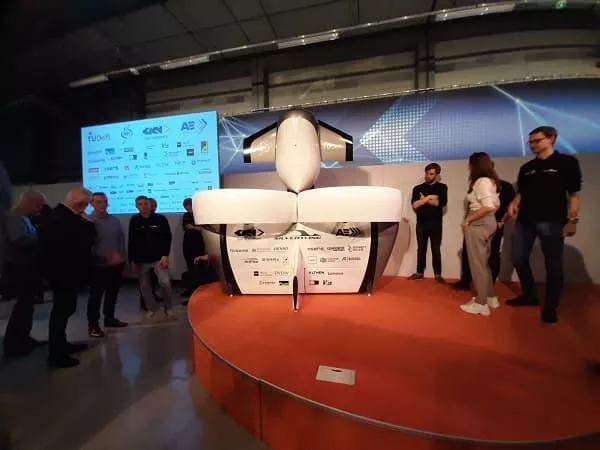
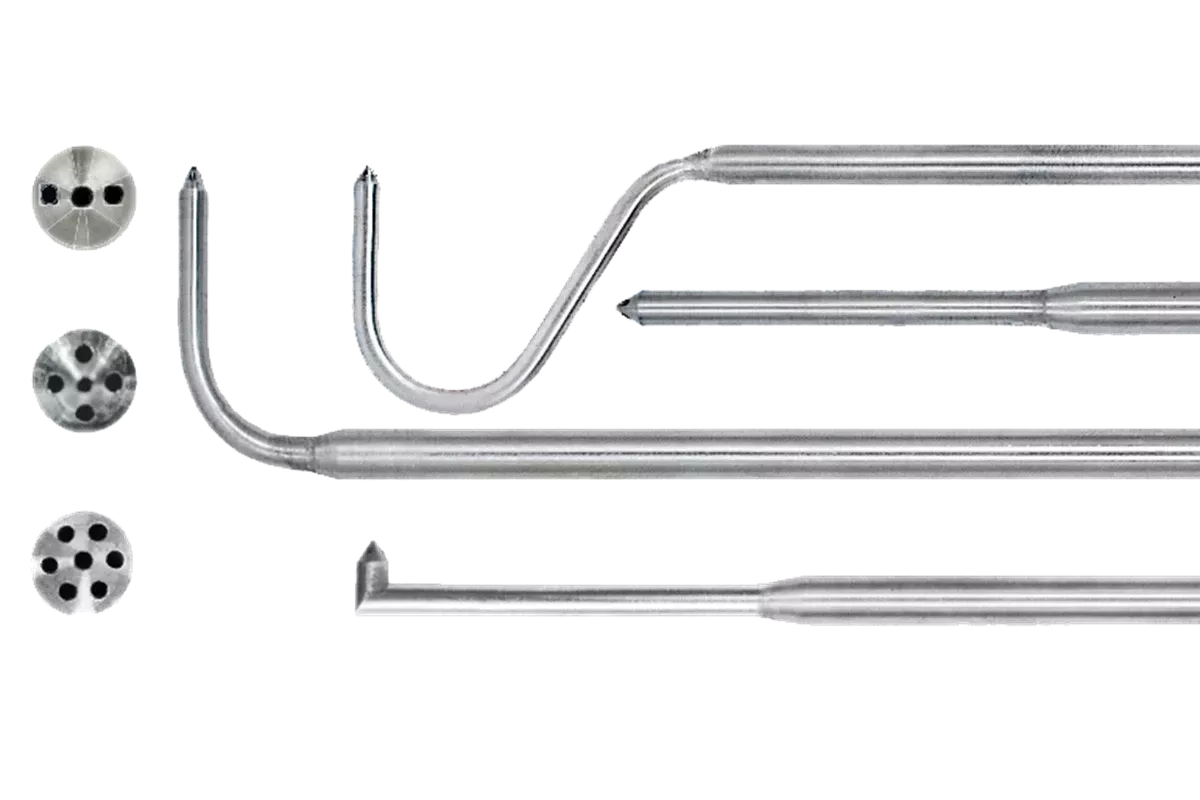

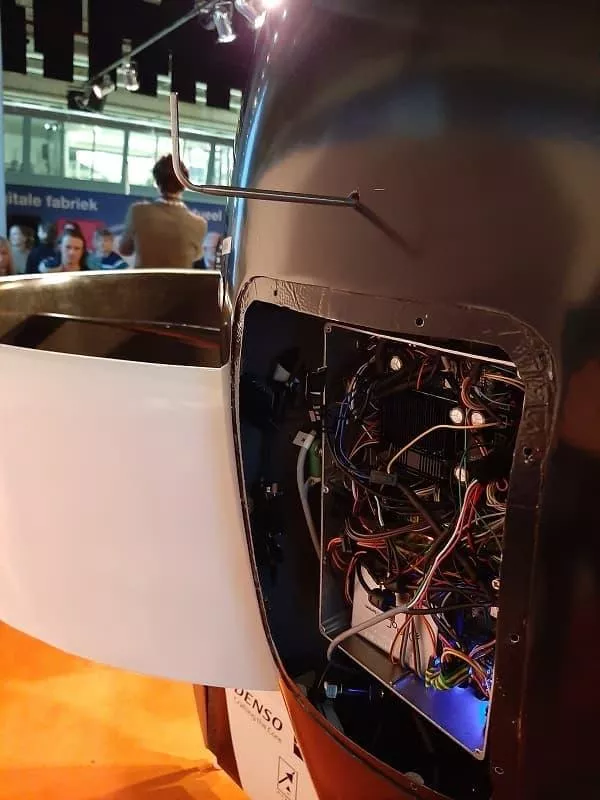
Aeroprobe: a multi-purpose airflow measurement device
With an average cruising speed of 140km/h in horizontal flight, aerodynamics play a crucial role in the dynamic behavior of the S1. That is why the S1 features a multi-purpose airflow measurement device provided by Althen Sensors and Controls and Aeroprobe. The flow-sensor is comprised of a 5-hole pitot-tube that is mounted on the fuselage of the aircraft and an onboard DAQ-unit “Serenity” that derives flow parameters from the measured static and dynamic air pressures. Flow parameters such as airspeed, angle of attack and side-slip angle. All of which are vital information to ensure the S1 can fly stably in the air while also doing so most efficiently.
Because of its small size, the pitot-tube could be easily integrated in the aircraft design without many space conflicts. The pitot-tube and Serenity combination comes fully calibrated from the factory and requires no recalibration actions.
Communications between the DAQ and the onboard flight computer are made easy with the universal RS-232 communication protocol.
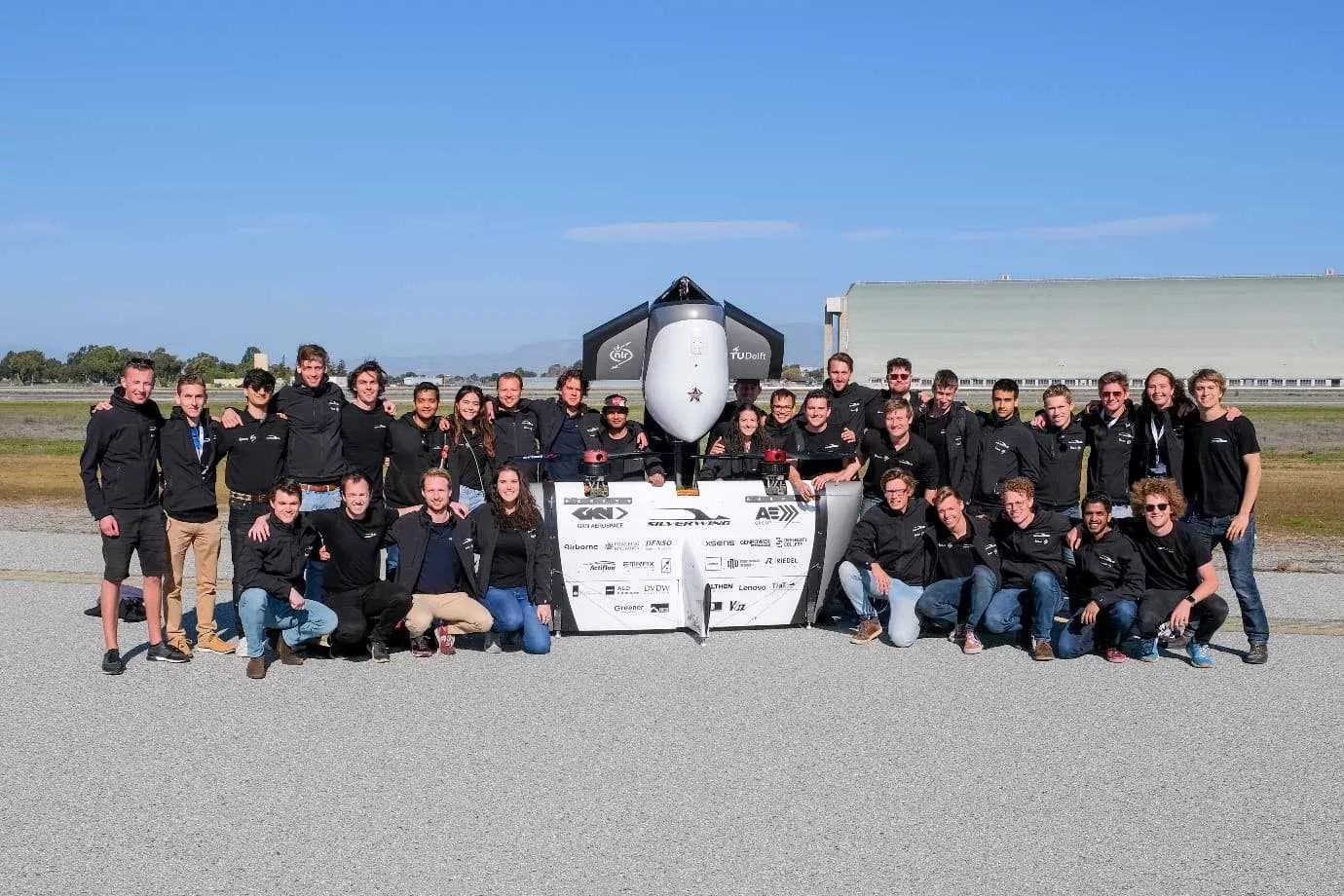
Team Silverwing Fly-Off Results
In February 2020 Silverwing travelled to the United States to demonstrate the S1. While not being able to do full transition testing yet and fly the aircraft fully horizontally, during high wind condition steep pitch angles could be flown and put the pitot-tube to the test.
Searching for and acquiring a sensor that exactly fits your technical requirements and your financial budget can be a daunting task. With Althen’s commitment to help the team with the complex project of building an aircraft, they made one of the many difficult hurdles a lot easier. Silverwing is proud to call Althen Sensors and Control one of their top tier partners.
To quote the team: "Innovation is all about finding the boundaries of what is possible". We are very proud of what the team has achieved this year.
Related products
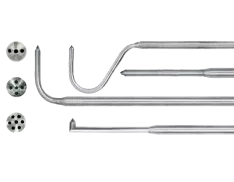
Conventional Multi-hole Probes
- Tip Diameters as small as 1.59 mm
- Temperature ratings up to 500 C
- Probe calibrations from 5 m/s to Mach 2.0
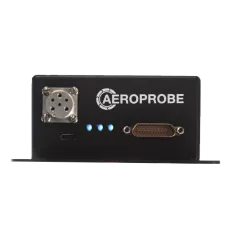
Micro Air Data Systems
- Multiple models for different applications
- Reliable and expertly engineered
- Certifications for operating in harsh environments

